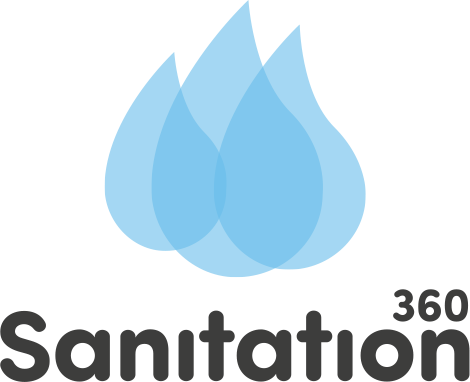How does the urine collection to fertiliser process work?
Urine Collection Interface
Urine can be collected by any type of urine-diverting interface – meaning regular urinals (male/female/unisex), Laufen Save! Toilets, Wotsmans urine-diverting toilets, Ecosan urine-diverting toilets. The important part is that the urine is collected separately from the feces and toilet paper.
Urine Collection Container
The urine is collected directly inside the urinal in some cases (such as the portable urinals we use). In other cases, it is piped into a container. The size of the container does not matter, as long as (1) the stabiliser is in the container from the start and (2) the container is not a large open bucket (this can cause mal odour). We often collect the urine 25 L water containers and then transfer into 1 000 L containers.
Dosing: 10 g per L. This might need to be adjusted as we are uncertain of the urine chemistry in the local context – urine chemistry is dependent on food and liquid intake which varies greatly across regions.
The dosing is needed to prevent mal odour formation and to retain the nitrogen in the urine. Overdosing is ok as this helps preserve the nitrogen during storage. Under-dosing will result in mal-odours and emissions of nitrogen to the atmosphere during collection and fertiliser use.
Urine Storage
The collected urine can be stored directly in the collection container or transferred into a larger holding vessel (such as a 1000 L container). The container should be sealed and if possible protected from direct sunlight. The stabilised urine can be stored for 3 months if the containers are clean. If the containers are not clean (as in being re-used for storage), then ideally the urine should be used within 4 weeks. Nothing bad will happen to the urine if stored for longer, but there may be some mal odours forming.
Urine as fertiliser
The urine can be directly used as a liquid fertiliser. In general, urine is found to have 6 g of nitrogen per L. If possible, have the nitrogen concentration tested as this can differ geographically. Please calculate how much nitrogen is needed for the given surface area based on the specific needs of the plants and apply appropriately. Tips, if applying to:
· Bare soil and ungerminated seeds: then apply directly to the soil and mix in
· Established plants that are in rows: then apply 15 cm to the side of the plants and mix in, if possible.
· Established plants without rows (such as hay/grass): apply directly to the plants, and flow by irrigating with fresh water to rinse the leaves.

